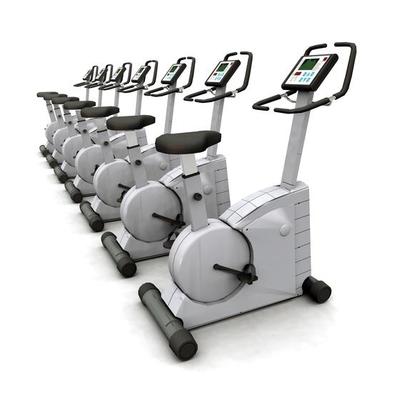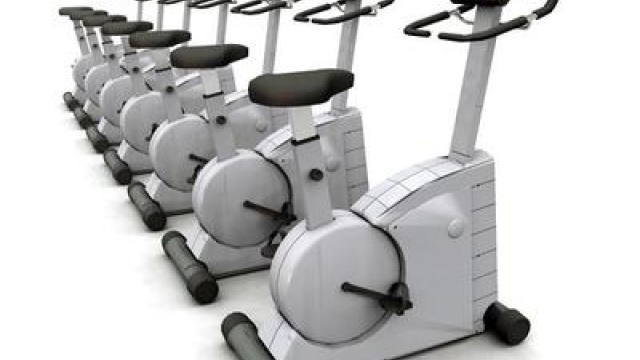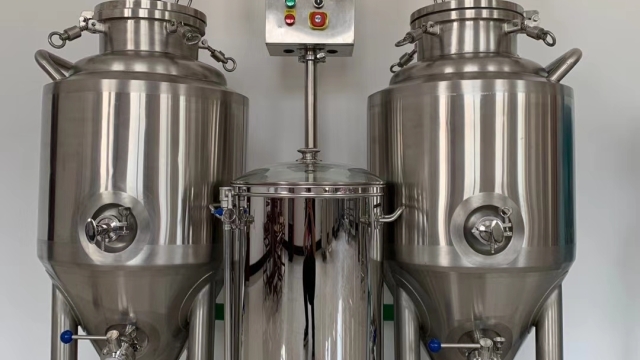
Every fitness enthusiast knows that activating the right muscles is key to unlocking their training potential. Often, we go through routines without fully engaging the muscles that could lead to better results. This is where muscle activation techniques come into play, offering a pathway to optimize workouts and enhance performance. Whether you are a seasoned athlete or just beginning your fitness journey, understanding how to effectively activate your muscles can make a significant difference in your training outcomes.
Personal training plays a crucial role in this process, as trained professionals can guide you through specific activation exercises tailored to your goals. By incorporating muscle activation techniques into your regimen, you can improve muscle recruitment, reduce the risk of injury, and boost overall strength. This article will explore the importance of activation in personal training and provide practical tips on how to effectively engage your muscles to reach your fullest potential.
Understanding Muscle Activation
Muscle activation refers to the process of engaging specific muscles to enhance their performance during physical activities. It is a critical aspect of training that can significantly influence the effectiveness of workouts. Proper muscle activation ensures that the right muscles are recruited to perform movements efficiently, which can lead to better strength gains, improved athletic performance, and reduced risk of injury.
Techniques for muscle activation often involve targeted exercises that are designed to “wake up” muscles before more intensive training. For example, activating the glutes before squats or deadlifts can help stabilize the hips and improve the effectiveness of these lifts. This pre-conditioning of muscles helps in reinforcing correct movement patterns, which is crucial for both beginners and experienced athletes looking to enhance their training routines.
In personal training, understanding and implementing muscle activation techniques can provide clients with tailored workouts that address their individual needs. Trainers can assess muscle imbalances or weaknesses and incorporate activation exercises into their clients’ warm-up routines. This focus on activation not only prepares the body for exercise but also increases the overall efficiency of the workout, maximizing progress and results over time.
Techniques for Effective Activation
To maximize the benefits of training, incorporating muscle activation techniques is crucial. One popular method is dynamic stretching, which involves moving parts of your body through a full range of motion. Dynamic stretches help increase blood flow, elevate heart rate, and prepare muscles for more intense activity. Exercises like leg swings, arm circles, and torso twists can effectively target specific muscle groups, enhancing their readiness for workouts.
Another effective activation strategy is the use of foam rolling and self-myofascial release. By applying pressure to tight areas of the body, foam rolling helps to release tension in muscles and fascia, improving flexibility and range of motion. This technique can facilitate better muscle engagement during workouts, as it allows for a more seamless connection between the brain and the muscles, leading to improved performance and reduced risk of injury.
Finally, incorporating isolation exercises can also be beneficial for muscle activation. Focused movements that target individual muscle groups, such as glute bridges or banded lateral walks, ensure that the specific muscles are engaged before moving on to compound lifts. These exercises help to ‘wake up’ dormant muscles, allowing them to contribute effectively during more complex movements. By implementing these activation techniques, individuals can enhance their workout efficiency and overall training outcomes.
Integrating Activation in Training Routines
Body Transformation Success Stories
Incorporating muscle activation techniques into training routines can significantly enhance performance and prevent injuries. To get started, it is essential to dedicate a few minutes at the beginning of each workout to perform activation exercises. These movements should target the specific muscle groups that will be engaged during the main workout, ensuring they are prepped and ready for action. This kind of warm-up not only improves muscle responsiveness but also increases body awareness, allowing individuals to connect better with their movements.
As you progress through your training sessions, consider revisiting your activation strategies regularly. Different workouts may require activation of different muscles based on the specific exercises planned for that day. For instance, if a session focuses on leg strength, exercises like glute bridges or lateral band walks can help prime the glutes and surrounding muscles. The key is to stay adaptable and responsive to the needs of your body to maintain optimal performance throughout your training journey.
Lastly, integrating muscle activation techniques doesn’t mean they have to take a long time or disrupt your flow. Aim for efficiency by choosing quick, effective exercises that fit seamlessly into your routine. Over time, you’ll likely become accustomed to these activations, making it easier to incorporate them into both personal training and group sessions. This structured approach not only boosts results but fosters a deeper, more engaging training experience.



